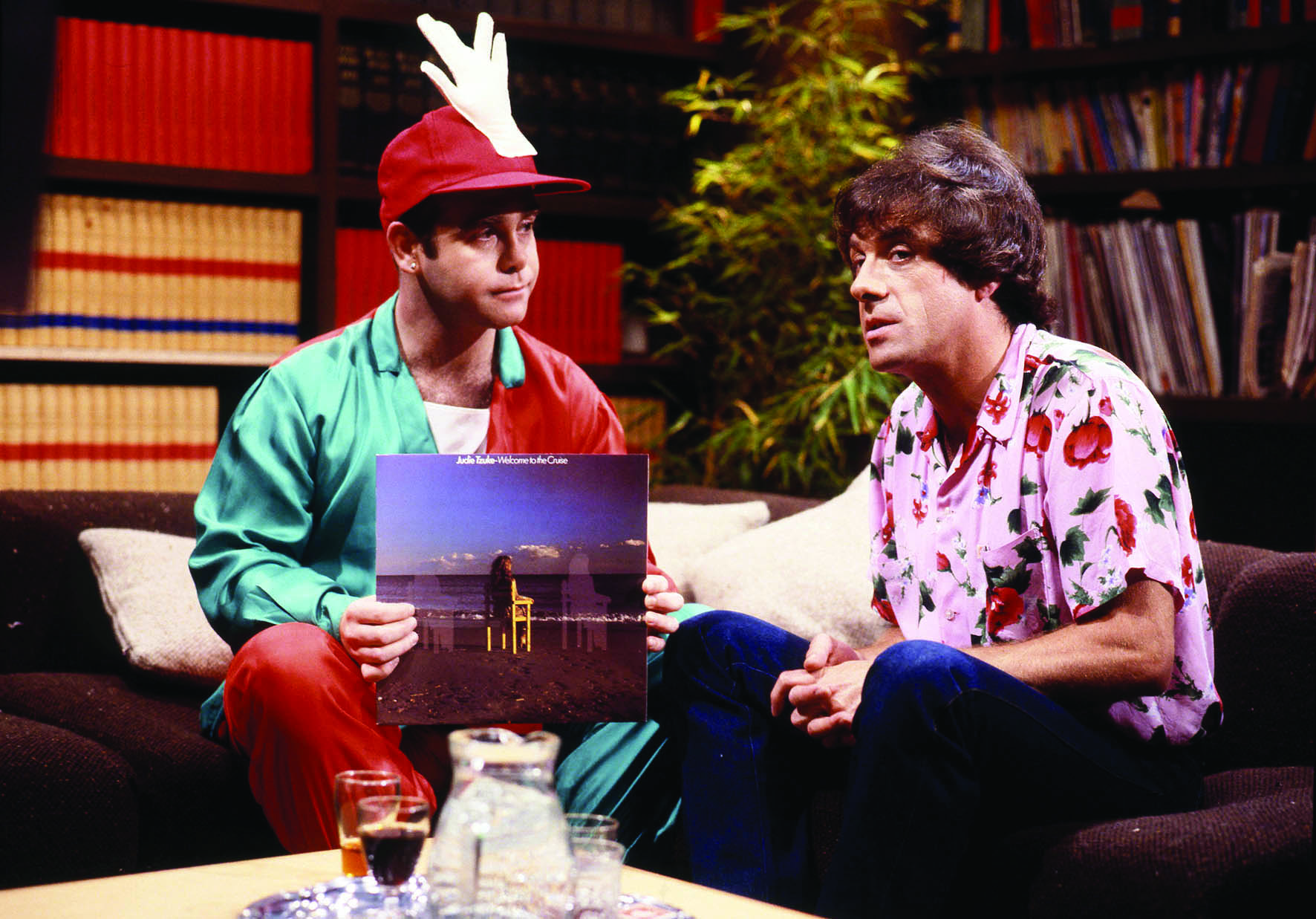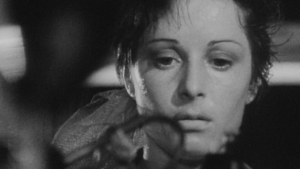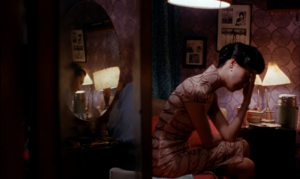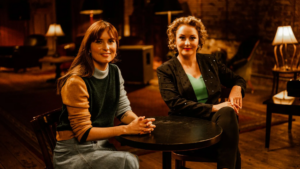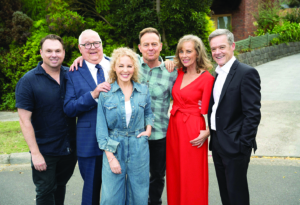The ABC’s Classic Countdown series appears, at first, to just be a nostalgia piece. Broadcast during Countdown’s original timeslot of Sunday at 6pm, the series is clearly targeted at Australians who remember what it was like sitting in front a television at a particular time of day, without the convenience of catch-up services or YouTube. It also prominently features nods to those who like to ‘remember when’ – each episode is themed around a year of the classic show’s broadcast, and punctuated by on-screen factoids about the bands featured and voiceovers providing context about Australia at the time. Interestingly, when you look up the Classic Countdown listing on the ABC’s website, the show is categorised as ‘comedy’ rather than ‘music’ – seemingly nodding to the idea that this quaint little show is, today, something to be embraced with humour rather than taken too seriously.
To see Countdown purely as something of a funny museum piece is to miss the point, however. Although lighthearted in its construction, the series goes a long way to reminding contemporary viewers just how progressive the Australian music industry, and Australian broadcasting more generally, once was. Importantly, Classic Countdown has been carefully curated to include clips, links and notes about musicians and segments of the industry that, so far, have not made headlines or featured in the many ‘best of’ compilations. For example, the ‘1980’ episode shows a segment featuring female critic Cherry Ripe as Countdown’s ‘UK correspondent’. You might think this is relatively unimportant, and that her presence – compared to that of the iconic and rightly adored Ian ‘Molly’ Meldrum – was mere garnish. This presumption, however, is immediately challenged when we see her talking to Paul McCartney, then Mick Jagger. Although I’ve written several academic and journalistic articles about Countdown, thoroughly researching the show’s construction and subsequent legacy, this was the first time I’d ever heard of Cherry Ripe. While she may not have had the longevity of Meldrum in terms of employment and ‘national treasure’ status, being given access to popular music icons of this calibre reveals that this woman was certainly a big deal once.
Meanwhile, Countdown producers like Michael Shrimpton and Robbie Weekes have been immortalised just about everywhere, and, unsurprisingly, the cult of Meldrum only continues to swell. This is not to understate the importance of these men, but rather to highlight how Classic Countdown’s inclusion of the lost figure of Cherry Ripe serves as a reminder to look beyond existing, mainstream narratives of Australian history. With just a few little clips, all of a sudden the contemporary viewer is shown that there were women contributing to the music scene at the time – even if they have subsequently been left out of the history books.
Similar rediscoveries are made possible by the musical performances shown in Classic Countdown. While icons of Australian cock rock are certainly present (cue: AC/DC, The Angels and Skyhooks), the inclusion of artists like all-girl pop group Peaches and solo entertainer Peter Allen show the diversity in Australian audiences’ music taste. Allen’s appeal has been widely acknowledged, of course, particularly in a recent biographical miniseries by the Seven Network, but his appearance on Countdown comes off almost as an anomaly at first. Camp and joyous, his approach was then, like now, a musical and ideological challenge to what has conventionally been a conservative Australia. Likewise, Peaches showed a daring that, these days, still has the capacity to shock. In Classic Countdown, their music stands strong beside better-known singles also revisited in the episode – making it even more curious that the band has not been remembered in the same way as its contemporaries.
All of this poses questions regarding the industry as it stands today. The beauty of the contemporary music scene is that it is fragmented and able to cater for a variety of niches – but this is the scene’s weakness, too. Audiences who are not already familiar with an artist may have trouble just ‘stumbling across’ them, and, in turn, artists who are still finding their feet are without a centralised incubation hub like Countdown to help develop their work. Much like we saw after the Molly miniseries concluded its broadcast run, there are many now asking when Australian television will again get a dedicated music performance and review outlet. Let’s hope it’s sooner rather than later.
